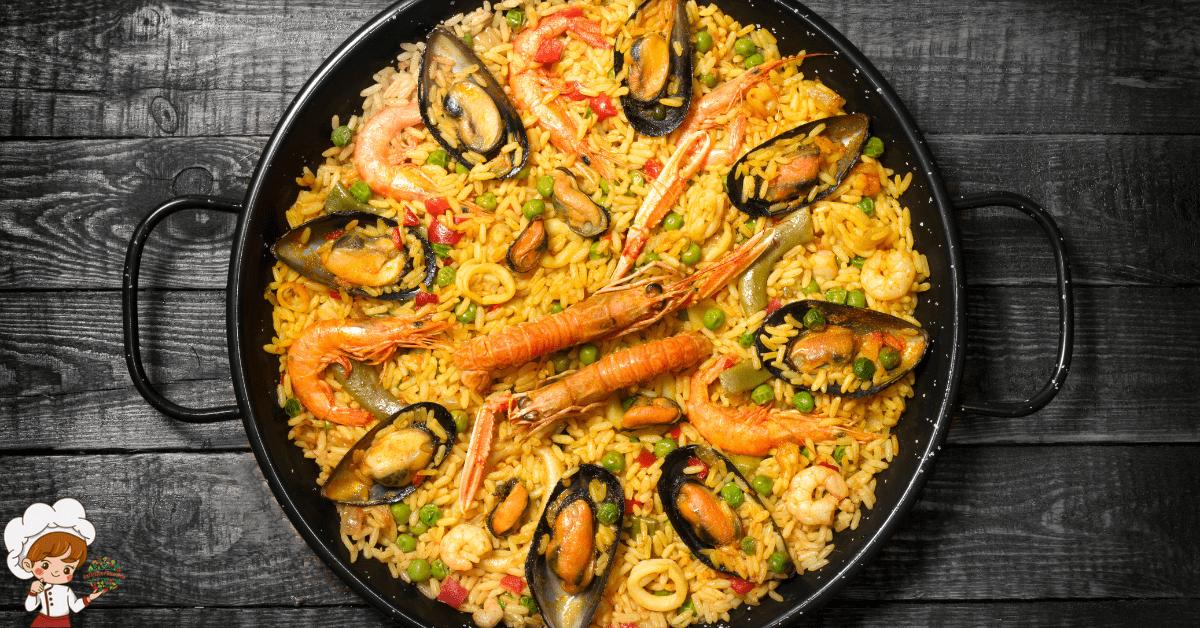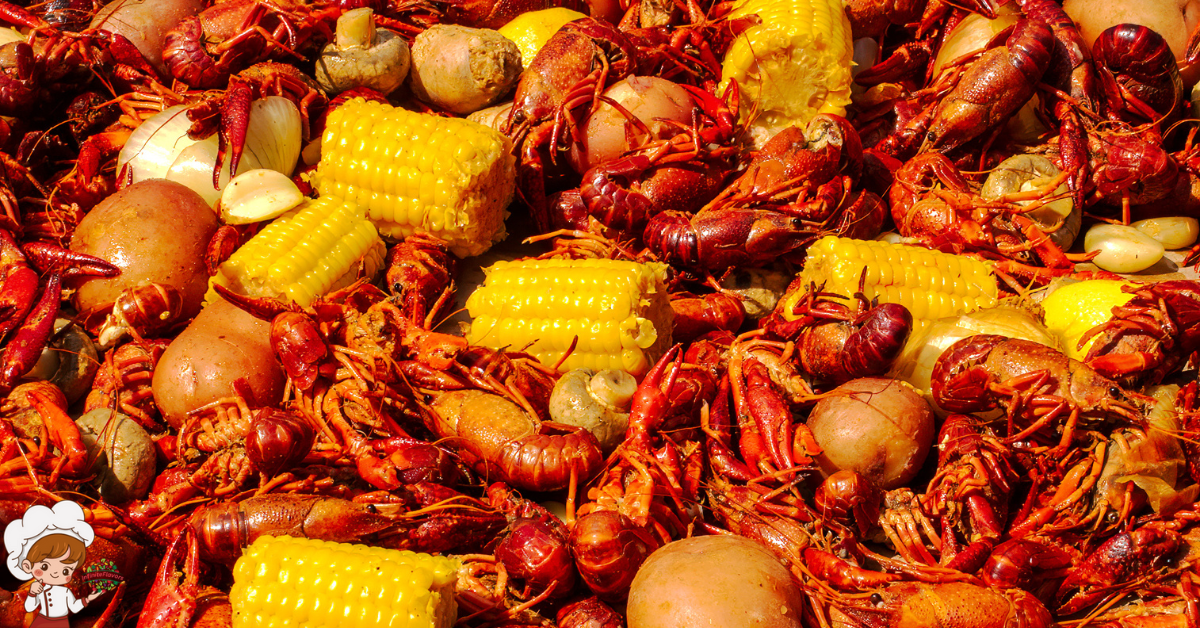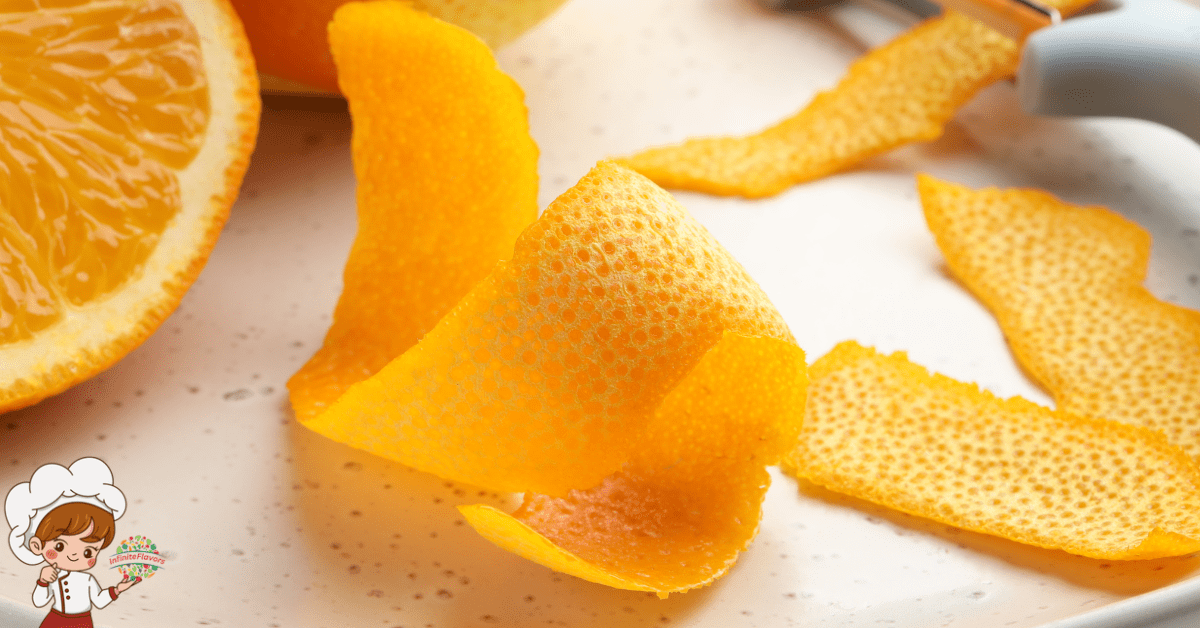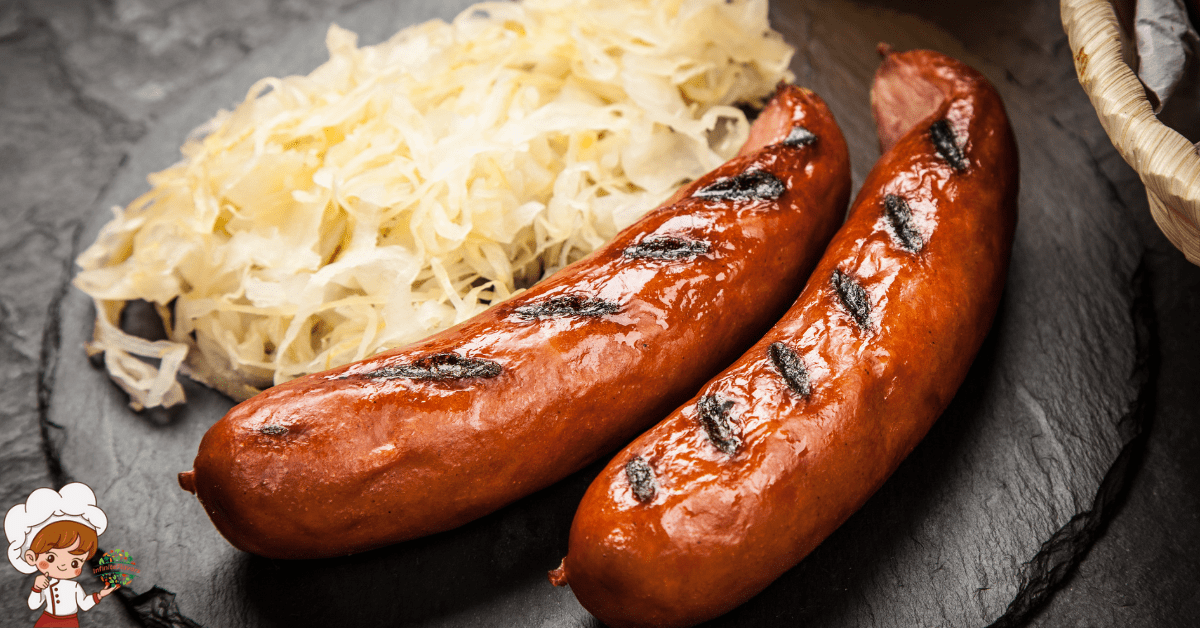Amazing 3D Printed Food And Veganism
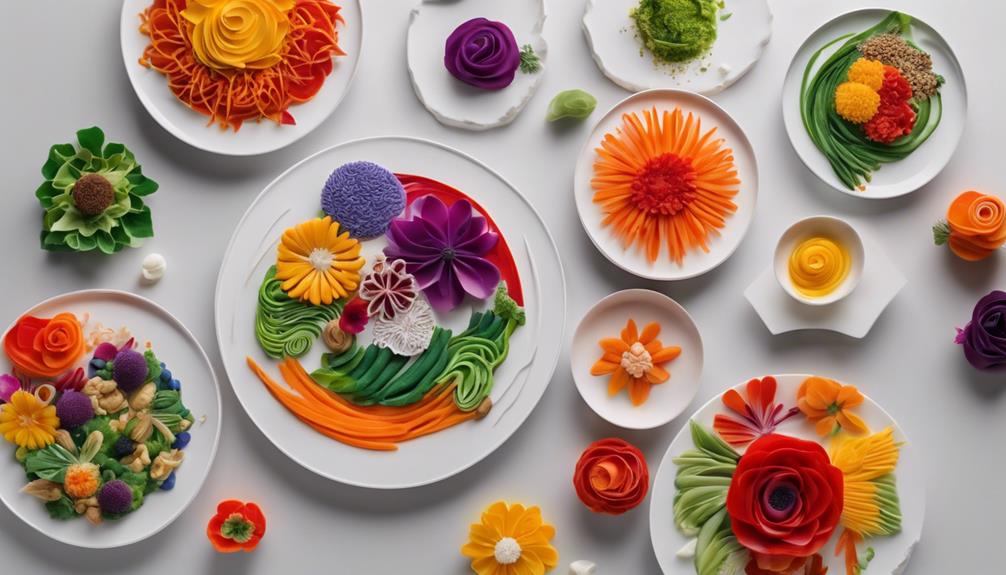
Amazing 3D Printed Food And Veganism is revolutionizing veganism by merging technology with culinary creativity. You can create intricate shapes and textures that make plant-based meals more exciting and enjoyable. This method lets you customize ingredients to enhance nutritional profiles, ensuring you get essential vitamins and minerals. The possibilities are endless—experiment with unique flavors and designs that transform traditional meals into masterpieces. While there are challenges like ingredient consistency and food safety, advancements are paving the way for a sustainable dining future. Keep exploring, and you’ll discover even more about how this innovative cooking method is shaping vegan cuisine.
Overview of 3D Printed Food
3D printed food is revolutionizing the way we think about cooking and dining, blending technology with culinary creativity. With 3D printing, you’re not just preparing meals; you’re designing them. This innovative process allows you to create intricate shapes and structures that traditional cooking methods can’t achieve. Imagine plating a meal that looks like a work of art, all thanks to the precision of 3D printing.
One of the standout features of this technology is texture optimization. You can manipulate ingredients to create diverse textures, ensuring that every bite offers a unique experience. Whether you prefer a crunchy exterior or a creamy center, 3D printing helps you achieve that.
Food customization is another exciting aspect. You can personalize meals based on dietary preferences, nutritional needs, or simply your cravings. Want a pasta dish that’s gluten-free and packed with protein? You can make it happen. The possibilities are endless, allowing you to experiment and explore flavors in ways you never thought possible. As you embrace this technology, you’ll find that cooking transforms into a playground for your imagination and taste buds.
Benefits for Vegan Diets
As more people embrace veganism, the benefits of 3D printed food become increasingly apparent. One of the most significant advantages is the enhanced nutritional profile that 3D printing can offer. You can customize ingredients to create dishes that are rich in essential vitamins and minerals, ensuring you get all the nutrients you need while adhering to a plant-based diet. This technology allows you to incorporate a variety of whole foods and superfoods into your meals, elevating your overall health.
Additionally, 3D printed food fosters culinary creativity. You can experiment with textures, shapes, and flavors that traditional cooking methods might not allow. Imagine crafting intricate designs or combining different plant-based ingredients into a single dish with ease. This innovation lets you express your culinary skills, making vegan meals not just healthy but also visually appealing and exciting.
Ultimately, the fusion of 3D printing technology and veganism opens up a world of possibilities, making it easier for you to maintain a balanced diet while enjoying the art of cooking. Embracing these benefits can transform your approach to vegan eating, making it more enjoyable and sustainable.
Challenges in 3D Food Printing
While the advantages of 3D printed food for vegan diets are clear, several challenges must be addressed for this technology to reach its full potential. One major issue is the technical limitations inherent in 3D food printers. You might find that achieving ingredient consistency is often a struggle, as not all plant-based materials behave the same way during the printing process. This inconsistency can lead to texture variation, which may affect both the appeal and acceptability of the final product.
Food safety is another critical concern. Ensuring that printed food meets safety standards requires thorough testing and compliance with regulatory hurdles that can delay market adoption. Additionally, you may notice that printing speed can be a bottleneck; slower processes mean longer wait times, which may deter consumers.
Cost implications also play a significant role. The expense of high-quality 3D food printers and the sourcing of specialized ingredients can lead to higher prices for consumers. Finally, consumer acceptance is crucial. If individuals are hesitant to embrace this innovative approach, the technology may struggle to gain traction in the market. Overcoming these challenges is essential for the future of 3D printed vegan food.
Innovations in Plant-Based Ingredients
What if the future of vegan food lies in innovative plant-based ingredients designed specifically for 3D printing? You’d find that these advancements can revolutionize your culinary experience. With sustainable sourcing at the forefront, companies are exploring a variety of crops and by-products, ensuring that the ingredients you use not only taste great but also support the environment.
Imagine customizing your meals with unique flavors, textures, and nutritional profiles tailored to your preferences. Ingredient customization is becoming more accessible, allowing you to create dishes that cater to your dietary needs or personal tastes. For example, you could combine high-protein legumes with vibrant vegetables to craft a nutritious and visually appealing meal.
These innovations enable you to experiment with food in ways traditional cooking just can’t match. As 3D printing technology continues to evolve, the possibilities are endless. You’ll be able to create intricate designs and personalized meals that reflect your values and lifestyle. So, as you embrace veganism, keep an eye on these exciting developments that can enhance your culinary adventures while promoting a sustainable future.
Future Trends in Vegan 3D Printing
There’s a growing excitement around the future trends in vegan 3D printing that promises to reshape how you experience plant-based meals. As technology advances, you’ll see more sustainable ingredients being utilized, greatly enhancing the sustainability impact of your diet. Imagine 3D printers effortlessly crafting intricate shapes and textures from plant-based materials, allowing for a unique culinary creativity that traditional cooking simply can’t match.
New innovations are on the horizon, like bio-inks made from algae and alternative proteins, which not only boost nutrition but also reduce environmental footprints. You could enjoy meals that are not just visually stunning but also tailored to your dietary needs.
Moreover, 3D printing could lead to personalized nutrition, where you can adjust flavors and textures according to your preferences. This means your meals could be both artistic and customized, making plant-based dining an exciting experience.
As these technologies become more mainstream, you’ll likely find vegan 3D-printed food in restaurants and homes, revolutionizing how you think about your meals. Embrace this evolution, and get ready to explore a new world of vibrant, sustainable, and delicious plant-based options.
Frequently Asked Questions: Amazing 3D Printed Food And Veganism
Can 3D Printing Replace Traditional Cooking Methods for Vegans?
You can explore how 3D printing might replace traditional cooking methods by enhancing taste and texture. It opens new avenues for culinary creativity, allowing you to experiment with unique shapes and flavors in your vegan dishes.
Is 3D Printed Food Safe for People With Allergies?
When considering 3D printed food, you need to guarantee ingredient safety. Allergy testing is essential, as cross-contamination can occur. Always verify the ingredients used in the printing process to stay safe and avoid allergic reactions.
How Does 3D Printing Affect the Nutritional Value of Food?
3D printing can enhance food’s nutritional value by optimizing nutrient preservation and improving texture. You’ll find that these advancements not only maintain essential vitamins but also create appealing, enjoyable meals tailored to your preferences.
Are There Specific 3D Printers Designed for Vegan Ingredients?
Yes, there are specific 3D printers designed for vegan ingredients. You’ll find printer technology that caters to plant-based materials, allowing you to create innovative dishes while ensuring they meet your dietary preferences and nutritional needs.
What Are the Environmental Impacts of 3D Food Printing?
When you consider 3D food printing, you’ll notice its sustainability benefits. By customizing portions, you can achieve significant waste reduction, minimizing excess food and packaging, ultimately leading to a more environmentally friendly food production method.
Conclusion
To sum up, 3D printed food holds exciting potential for veganism, offering innovative ways to create delicious, plant-based meals. While there are challenges to overcome, the advancements in technology and plant-based ingredients pave the way for a brighter culinary future. As you explore this fascinating intersection of food and technology, you might just discover new flavors and textures that elevate your vegan experience. Embrace the possibilities, and let 3D printing transform the way you enjoy your meals!



